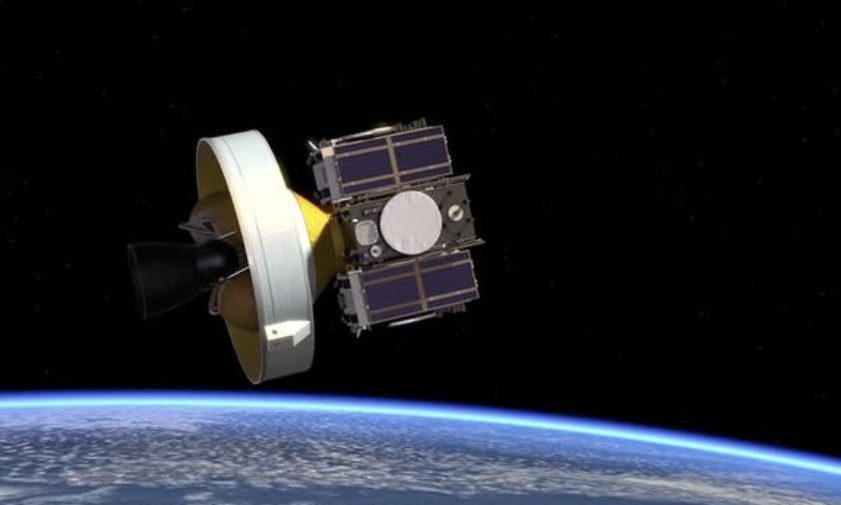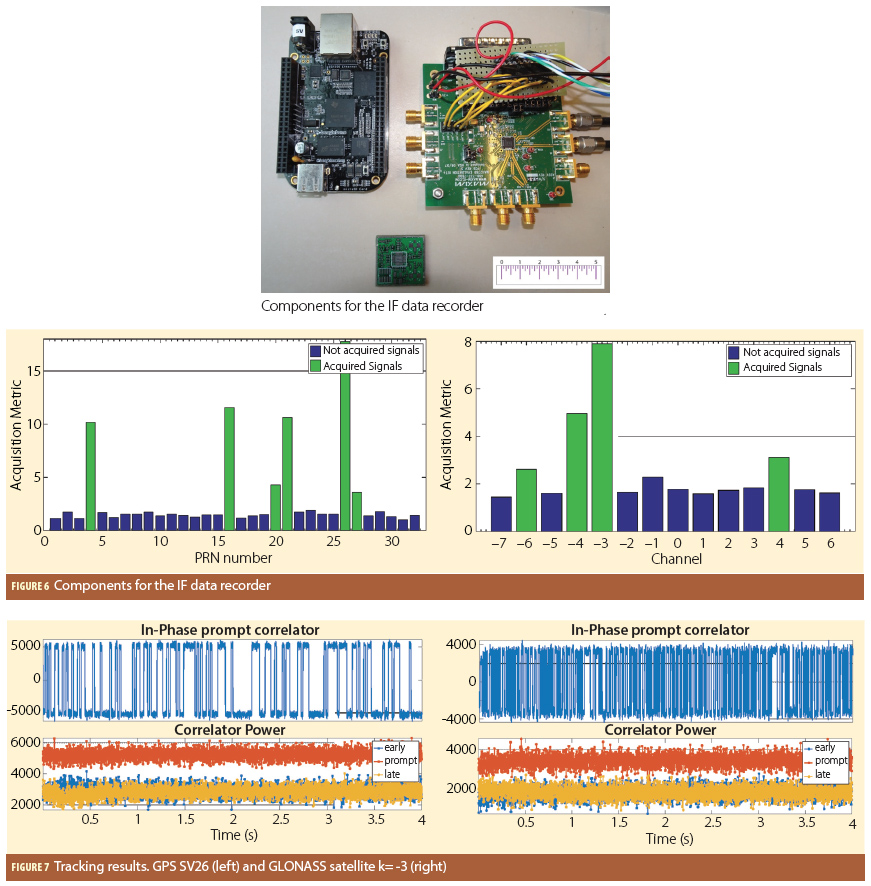The European Union’s Enhanced Navigation in Space (ENSPACE project), coordinated by Qascom, announced significant progress in the development of a software GNSS solution that supports Galileo and is especially aimed at the rapidly growing small satellite market sector.
The Galileo-enabled ENSPACE receiver is integrated into the CubeSat mission BOBCAT-1 that was recently deployed from the International Space Station (ISS). After validating its performance in space, researchers will work to further evolve the solution and transform it into a full GNSS receiver product. Furthermore, they will investigate the possibility to adapt the receiver to launchers or satellites orbiting around the Moon.
The ENSPACE project targets different mission contexts:
- LEO Satellites for Communication, Broadband Internet Services and Earth Observation Missions
- MEO Satellites for Navigation
- GEO Satellites for Broadband TV and Communications
- Interplanetary Missions such as Satellites orbiting around the Moon or Mars
- Launchers
ENSPACE coordinator Qascom initiated the project with NASA in 2016. The experiment was based on the use of a NASA’s software-defined radio platform called SCaN, attached to the exterior of the ISS. At first, the SCaN Testbed provided an orbiting laboratory on the space station for the development of software-defined radio technology for improved navigation and communication experimentations. “In ENSPACE, we evolved this concept and invested in a new software GNSS solution that has been installed in commercial off-the-shelf hardware and is also compatible with other system-on-chip components,” said Samuele Fantinato, head of the Advanced Navigation Unit at Qascom.
“Our goal is to provide a reference product for navigation, positioning and timing for Space missions that require a low-cost, secure and flexible software solution,” he added. Compared to integrated circuits, the software version offers great design flexibility, fast adaptability to the needs of space and the ability to customize the GNSS applications according to the mission requirements.
[Image courtesy ENSPACE]
Key Concerns in Space
In space, GNSS receivers enable satellite navigation, precise timing, precise orbit determination and attitude determination. Software-based GNSS receivers enable a new concept. GNSS space receivers operate in quite different environments from those of ground-based receivers. “Precisely determining satellite position in space is quite easy for those flying in low-Earth orbits. In higher altitudes, such as in geostationary orbits or in interplanetary missions, signal variability becomes prominent. Adding new constellations could increase accuracy in these orbits,” explained Fantinato.
Charged particles and gamma rays are another concern for GNSS receivers. The ENSPACE software GNSS solution integrates techniques and logic redundancy that offer a more robust positioning accuracy in case of radiation events.
“ENSPACE experimentation has also shown the benefits of snapshot positioning on ground – a technique for determining the GNSS receiver position using a very brief interval of the received satellite signal. In this case, the technology could be based on a satellite navigation payload with minimum hardware and software that collect the sampled signals transmitted to ground,” noted Alessandro Pozzobon, Director at Qascom.
Researchers currently plan evolutions on techniques to mitigate GNSS receiver vulnerability to jamming and spoofing. “Providing some level of authentication to tackle GNSS spoofing ensures accurate positioning and robust navigation that go beyond state-of-the-art GNSS services,” noted Fantinato.






